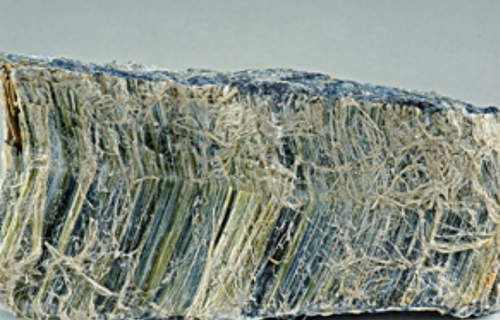Beyond the Legal Implications of Asbestos Use and Exposure

Despite the fact that Australia completely banned the use of asbestos in 2003, it has recently been revealed that a series of asbestos-tainted building materials used for the rehabilitation of Perth Children's Hospital have been imported from China, one of the top 5 producers of asbestos in the world. Unfortunately, this is not a singular event and the issue of asbestos exposure is certainly not confined to Australia, as the USA, Canada and Mexico remain among the countries where the use of asbestos has not been entirely banned.
In addition to the legal implications, the presence of this toxic mineral within various products such as:
- roof coatings,
- corrugated sheeting,
- gaskets,
- heating equipment,
- furnaces and
- cement flat sheets
entails a tremendous health risk for those exposed to it, the inhalation of asbestos fibers representing the main cause of multiple types of serious diseases and conditions, including asbestosis and mesothelioma.
Although the import of asbestos per se is illegal in Australia, there have been numerous cases when building products contaminated with asbestos fibers were allowed into the country due to poor regulation or negligence. However, materials which are claimed to be asbestos-free are not safe either, as they occasionally contain fibers as well. China is one of the main countries of origin for asbestos-tainted products involved in car manufacturing, building, and construction.
Moreover, in 2015, asbestos particles have also been found in some brands of crayons and toys imported from China in the US. Government-certified laboratories analyzed 28 boxes of crayons, out of which 4 have been revealed to contain fibers of asbestos. Due to the accessibility and low price, the toxic mineral continues to be used in numerous products which are subsequently imported worldwide, often illegally.
Even though prolonged or frequent exposure is typically required in order for severe conditions such as pleural mesothelioma to develop, isolated cases of exposure to the mineral can imply high risks as well. Once inhaled, fibers of asbestos often remain within the body for decades before the occurrence of any disease, without causing any perceivable symptoms. Thus, it is of vital importance that the use of asbestos is completely banned worldwide. In the meantime, however, more efficient regulation of imported materials and products needs to be steadily enforced, as asbestos exposure does not represent only a legal matter, but more importantly, a great danger to public health.
On a more optimistic note, the number of campaigns aimed at raising awareness regarding the dangers of asbestos exposure has been increasing recently, as well as the efforts of multiple global organizations, including World Health Organization, to persuade governments and businesses worldwide to take more drastic and prompt measures in this respect. At the time, there are only 55 countries which banned the use of asbestos entirely, excluding Russia, India, China, Canada, and the USA.
